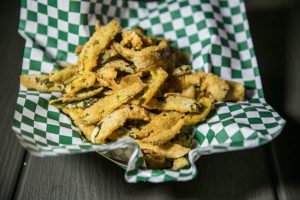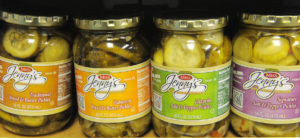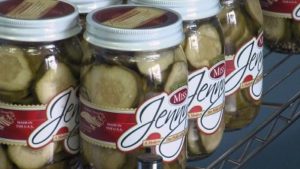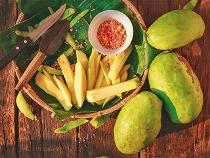By Mike Sutter, Staff Writer – San Antonio Express News
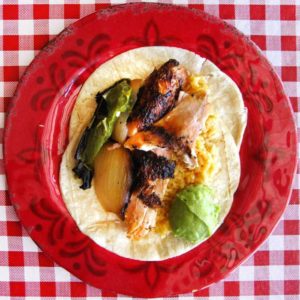
Photo: Mike Sutter /San Antonio Express-News
Do-it-yourself grilled chicken taco with rice, onion, jalapeño and guacamole on doubled-up corn tortillas from Pollos Asados Los Norteños.
Need to find Pollos Asados Los Norteños? Just use San Antonio GPS: Geographic Positioning Smoke. It pours from a contraption like a rocket motor on top of the building, signaling some of the city’s best grilled chicken.
What’s really pouring from that contraption — a smoke scrubber — is steam, owner Frank Garcia said. It’s his $150,000 solution to neighborhood complaints about the smoke. So instead of smoke, it’s the world’s most expensive vape pen, filled with pollos asados juice.
Garcia’s been grilling chicken at this address on Rigsby for 10 years, the first three from a mobile kitchen outside the bar that used to be here. In that time, he’s built a following strong enough that even between standard lunch and dinner hours, the red-and-white checkerboard tables are full, just a busy blur of greasy fingers and high-gloss smiles as the meat-cutters’ cleavers keep time with loud conjunto music.
Tacos: Desire breeds resourcefulness, and the drive for chicken from this San Antonio citadel of smoke leads straight to a do-it-yourself pollos asados taco, with the building blocks collected from a $7.69 medio pollo plate that includes half a grilled chicken cut into four rough pieces, boilerplate Mexican rice, commercial corn tortillas and onions and jalapeño grilled black on one side. Add thick charro beans with fat bits of chicharrón for $1.50 more.
Now, to the taco. The rice and tortillas are just starch and binders. The real magic comes from chicken whose beauty doesn’t just go skin deep; it’s all the way down in the meat, that alchemy of salt, chile spice and marinade, with a coral blush of smoke from a fire just hot enough to caramelize the skin and lock the juices in.
I’d normally just pull meat from the leg and thigh, but the Pollos Asados process makes for a bird that’s colorblind to the usual differences between dark and white meat; it’s all good. Accessorize the taco with burnt onion and the soft green part of the roasted jalapeño for color and bite, then spring for a $2 side of simple, fresh guacamole for color and cool, smooth flavor.
The internet calls this a life hack; I call it another way to make a taco from a menu that doesn’t mention tacos, per se. Along with chicken, Pollos Asados will sell you fajitas, sirloin and asada by the pound and half-pound.
Fine, but I don’t want to drop another $10-$20 on a DIY taco kit.
But there’s this: a single link of salchicha asada for $2.50. It’s a fat, red, barbecue-style link that’s grilled, split down the middle, filled with queso blanco and served in a basket with smoked bacon. Tell me that doesn’t make a killer sausage, bacon and cheese taco.
Tortillas: If this were a straight chicken series and not a taco series, Pollos Asdaos would get the top “worth a drive” rating in a heartbeat. But a good tortilla’s the heart and soul of a good taco, and these are really bad corn tortillas, even by commercial standards. Flabby, pale, weak and wet, they couldn’t even hold together for a photo shoot, not to mention the next-level chicken and fixings they tried to hold.
Salsa: I can’t quite place the pepper in this creamy green salsa, but the sweet pulp it leaves behind makes a squeeze-bottle verde on the level of an Indian coconut curry for style and texture.
I’m not alone wondering what’s in it. Garcia said he’s had people asking for the recipe ever since he opened. Except for the one guy who didn’t ask; he just tried to sneak a squeeze bottle out the door in his back pocket.
Location: 4642 Rigsby Ave., 210-648-3303, no web presence
Rating: A solid neighborhood option
Follow the complete 365 Days of Tacos series at ExpressNews.com/Tacos. Get 365 Days of Tacos sent to your inbox. Sign up here.
msutter@express-news.net

